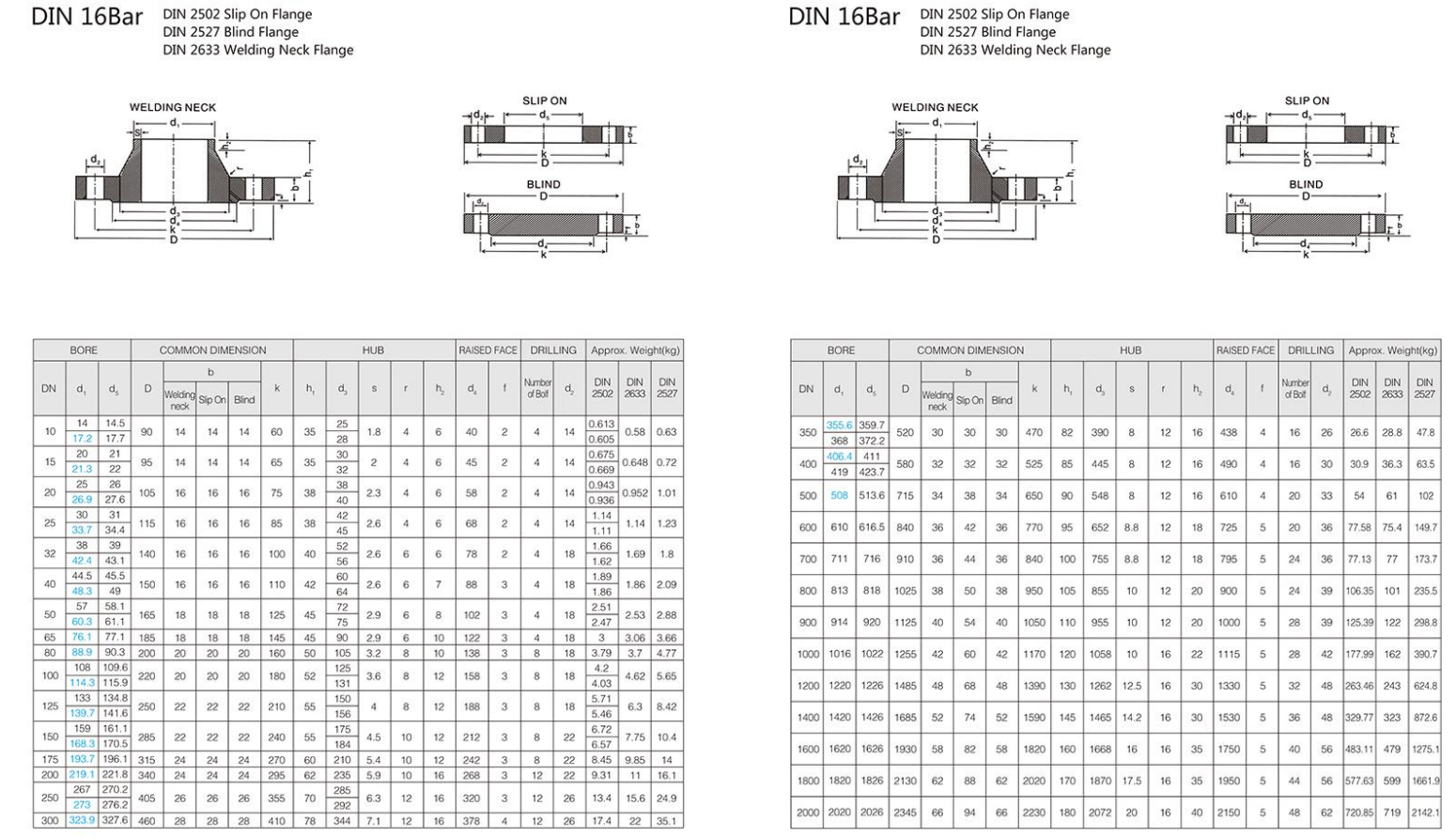-
Cangzhou Yulong Steel Co., Ltd.
-
Phone:
+86 13303177267 -
Email:
admin@ylsteelfittings.com

Dec . 19, 2024 01:03 Back to list
din flange pn10
Understanding DIN Flange PN10 A Comprehensive Overview
Flanges are integral components in various engineering applications, particularly within piping systems. Among the various standards for flanges, DIN flanges stand out due to their robustness and reliability. In this article, we will delve into the specifics of DIN flange PN10, including its definition, specifications, applications, and advantages.
What is a DIN Flange?
DIN flanges are flanges designed according to the standards set by the Deutsches Institut für Normung (DIN), the German Institute for Standardization. The DIN standards cover various dimensions, materials, pressure ratings, and other critical specifications for flanges. Flanges play a fundamental role in connecting pipes, valves, pumps, and other equipment to create a complete piping system.
Understanding PN10
The term PN stands for Pressure Nominal, a rating that denotes the maximum pressure that the flange can withstand under specific temperature conditions. PN10 indicates that the flange can handle a nominal pressure of 10 bar, approximately 145 psi. This pressure rating is particularly crucial in applications where the flanges are subjected to high-pressure conditions, ensuring the safety and integrity of the system.
Specifications of DIN Flange PN10
DIN flanges are categorized into different series based on their specifications. The most common series for PN10 flanges includes
1. Material DIN flanges can be made from various materials, including carbon steel, stainless steel, and alloy steel. The choice of material depends on the application, the medium being transported, and the environmental conditions.
2. Dimensions DIN flanges come in various sizes, typically denoted by their nominal diameter (DN), ranging from small to large diameters. Common sizes for PN10 flanges include DN10 up to DN600, but other sizes are available based on specific requirements.
3. Bolt Holes DIN flanges are designed with bolt holes to facilitate easy securement. The number of holes and their diameter can vary based on the specific flange size and application.
4. Face Types DIN flanges can be flat-faced, raised-faced, or have other specific profile designs, which influence how they seal against other flanged components.
Applications of DIN Flange PN10
din flange pn10

DIN flanges, particularly PN10, are widely used in various applications, including
1. Water Supply Systems Due to their ability to handle significant pressures, these flanges are common in municipal water supply networks and irrigation systems.
2. Chemical Processing In chemical industries, flanges made from corrosion-resistant materials are essential for safely containing aggressive chemicals.
3. Heating Systems Flanges are often utilized in heating systems where they play a critical role in connecting different sections of the heat exchange equipment.
4. Oil and Gas In the oil and gas sector, strong and durable flanges are necessary for pipeline integrity under high-pressure conditions, making PN10 flanges relevant in this field.
Advantages of Using DIN Flange PN10
Using DIN flanges, particularly the PN10 variant, offers several advantages
1. Durability Made from high-quality materials, these flanges are built to withstand harsh operating conditions and resist corrosion.
2. Standardization The DIN standards provide guaranteed compatibility across different manufacturers, making it easier to source components.
3. Ease of Installation The design of DIN flanges allows for straightforward installation and maintenance, minimizing downtime.
4. Safety The defined pressure rating ensures that systems remain safe under various operating conditions, reducing the risk of leaks or failures.
Conclusion
DIN flange PN10 is a reliable component that plays a significant role in various piping systems across multiple industries. Understanding its specifications, applications, and advantages helps engineers and technicians make informed decisions when designing and maintaining piping networks. As technology continues to evolve, DIN flanges will likely adapt, but their core principles of safety and reliability will always remain paramount.
Latest news
-
ANSI 150P SS304 SO FLANGE
NewsFeb.14,2025
-
ASTM A333GR6 STEEL PIPE
NewsJan.20,2025
-
ANSI B16.5 WELDING NECK FLANGE
NewsJan.15,2026
-
ANSI B16.5 SLIP-ON FLANGE
NewsApr.19,2024
-
DIN86044 PLATE FLANGE
NewsApr.19,2024
-
DIN2527 BLIND FLANGE
NewsApr.12,2024
-
JIS B2311 Butt-Welding Fittings LR/SR 45°/90° /180°Seamless/Weld
NewsApr.23,2024
-
DIN2605-2617 Butt-Welding Fittings LR/SR 45°/90°/180° Seamless/Weld
NewsApr.23,2024











